A Lost Forest From 22 Million Years Ago Has Suddenly Resurfaced
Researchers working in the Panama Canal region have unearthed the remains of a lost forest that was buried under the landmass following a violent volcanic event around 22 million years ago.
Reports suggest that the Early Miocene era mangrove forest once covered a considerable area before the volcanic event, which buried and fossilized many of the trees. The discovery is of particular interest as several trees, shrouded in mystery, belong to an unknown species of mangrove, sparking curiosity among scientists and nature enthusiasts alike.
Researchers Come Across an Amazing Find in Panama
Researchers around the world are hard at work, remaining in specific regions in hopes of better understanding the plants, wildlife, and animals that once called our planet home.

Source: Wikimedia
While some researchers focus on examining the fossilized remains of ancient animals that wandered the landscapes, others are more interested in the plants and fauna that have turned to stone. Regarding the latter, a team of researchers working in Panama recently unearthed the remains of an ancient forest.
Fossilized Remains Unearthed in the Panama Canal
A group of researchers had been working on Barro Colorado Island in the Panama Canal when they came across the fossilized remains of an archaic mangrove forest that could be as much as 22 million years old.
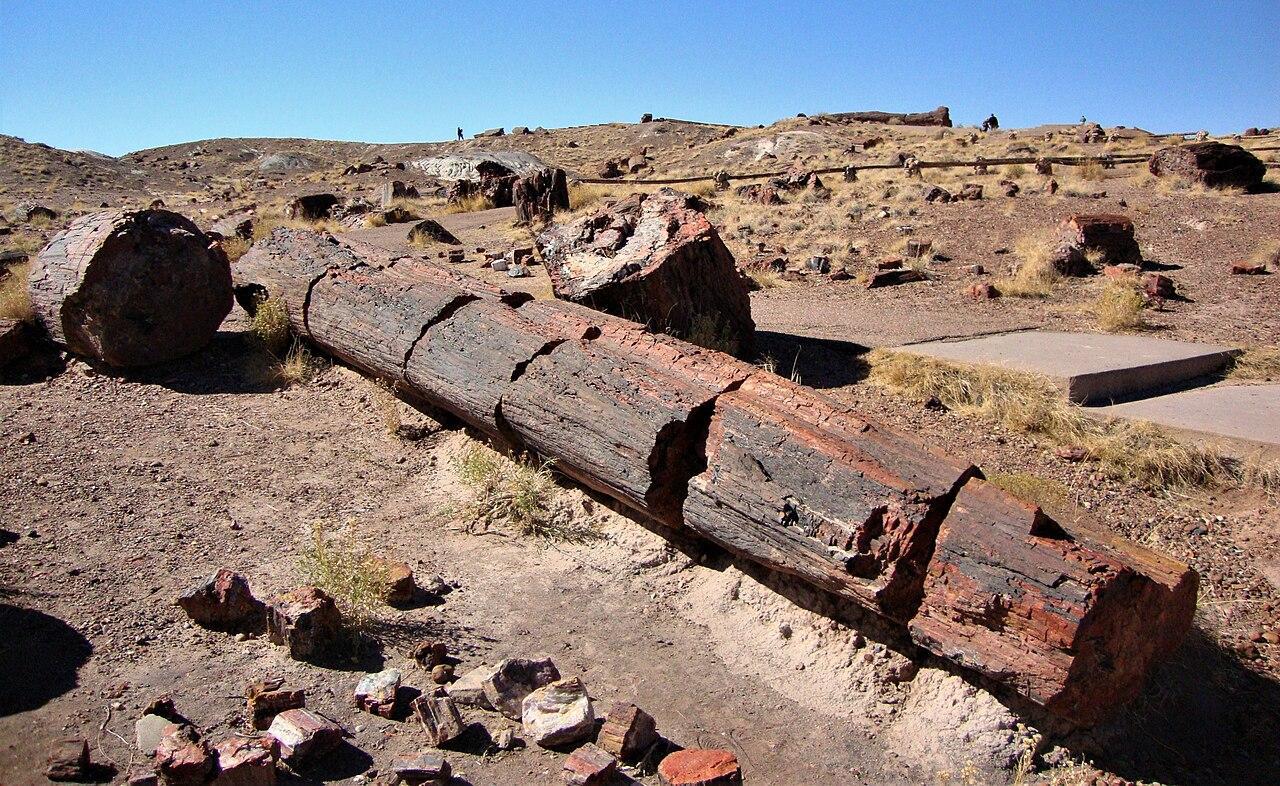
Source: Wikimedia
The researchers later published their study’s findings in the journal Palaeogeography, Palaeoclimatology, and Palaeoecology, detailing the discovery of a previously unknown mangrove species, the Sonneratioxylon barrocoloradoensis.
Panama Rises Above the Ocean
For a significant portion of history, Panama lay beneath the waves of the Atlantic Ocean to the North and the Pacific Ocean to the South. However, by the Miocene period, around 23 million years ago, a forested landmass had appeared.
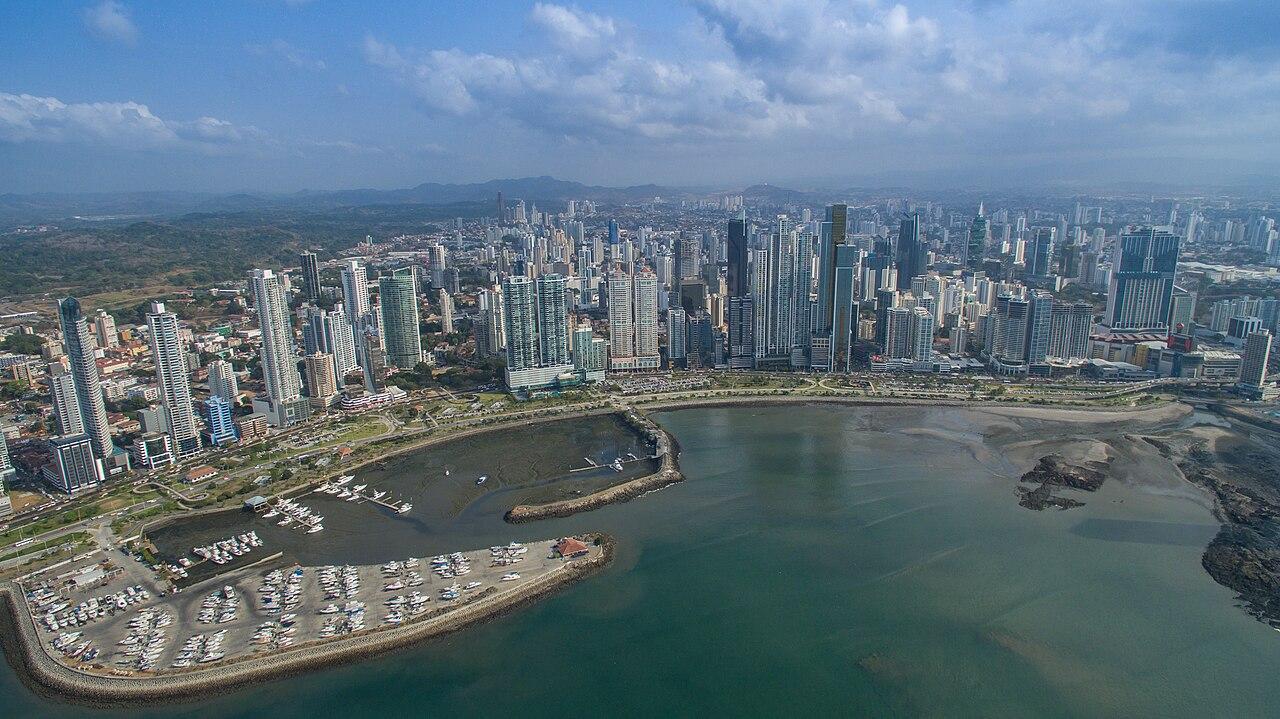
Source: Wikimedia
“Panama was underwater during most of its geologic history and only became a continuous terrestrial landmass during the Neogene due to the interaction of the Caribbean, South American, and Nazca tectonic plates,” wrote the researchers.
Fossils Dated to the Miocene Period
According to the study, over 120 fossilized wood specimens from the mangrove forest were tested, and the results suggest the trees dated back to the Miocene period.
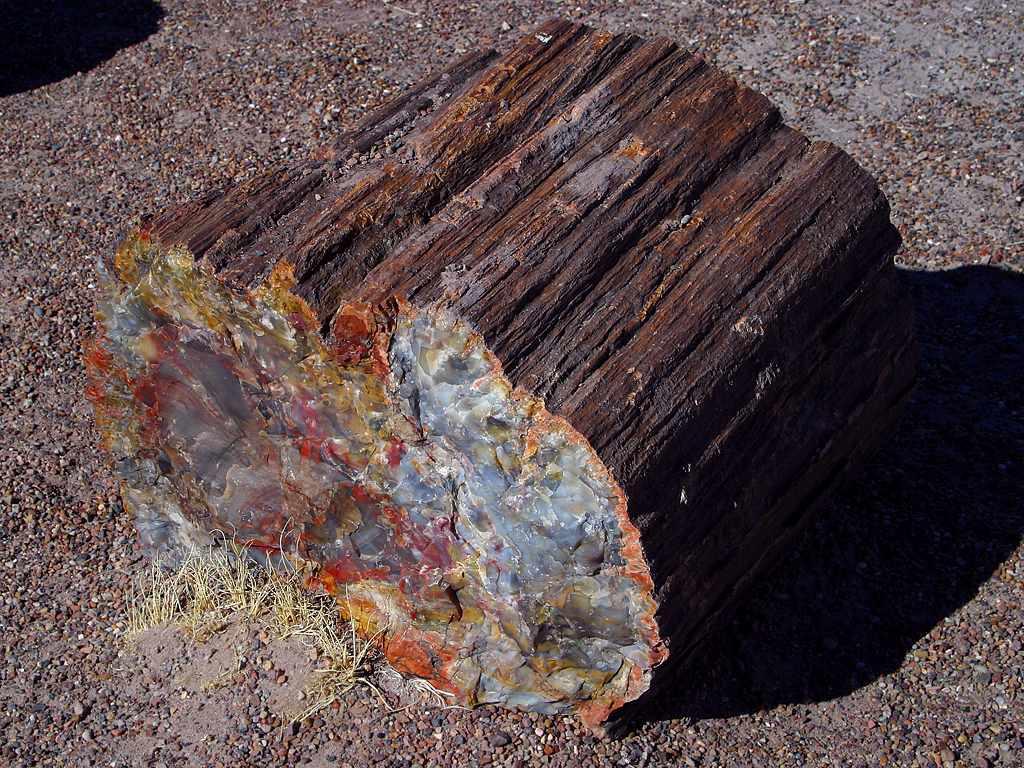
Source: Wikimedia
During this era, central Panama consisted of a narrow yet long peninsula that was joined to North America but not South America. According to the researchers, the entire region often experienced intense volcanic activity.
Volcanic Activity Destroys Forest
Further investigations revealed that turbulent volcanic activity in the region likely destroyed the forest millions of years ago.
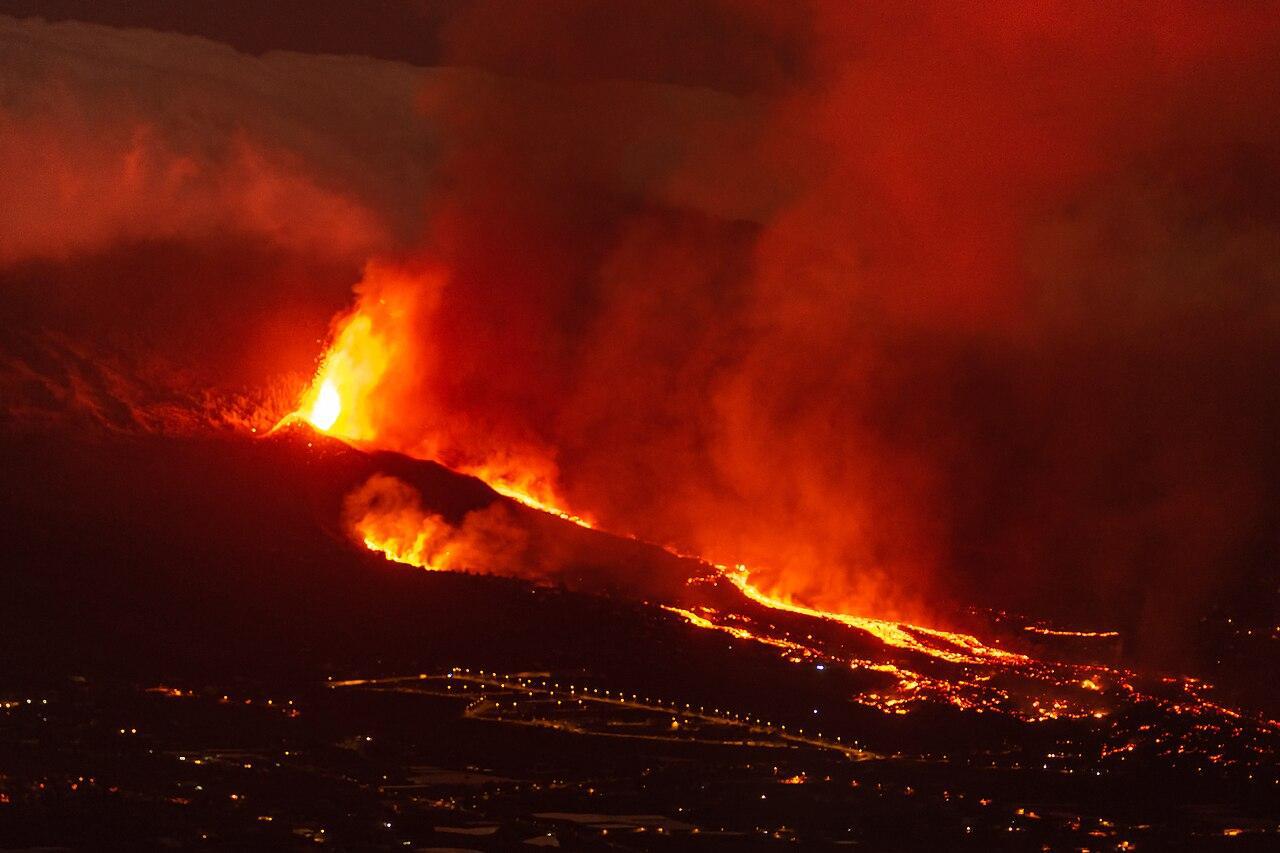
Source: Wikimedia
Studies of sedimentary and rock samples suggest the ancient mangrove trees grew in either river or ocean environments until an enormous volcanic event destroyed much of the region and fossilized many of the trees.
Mangroves Similar to Asian Species
According to researchers from the Smithsonian Tropical Research Institute, who participated in the study, the anatomy of mangroves is strikingly similar to that of a species native to Southeast Asia.
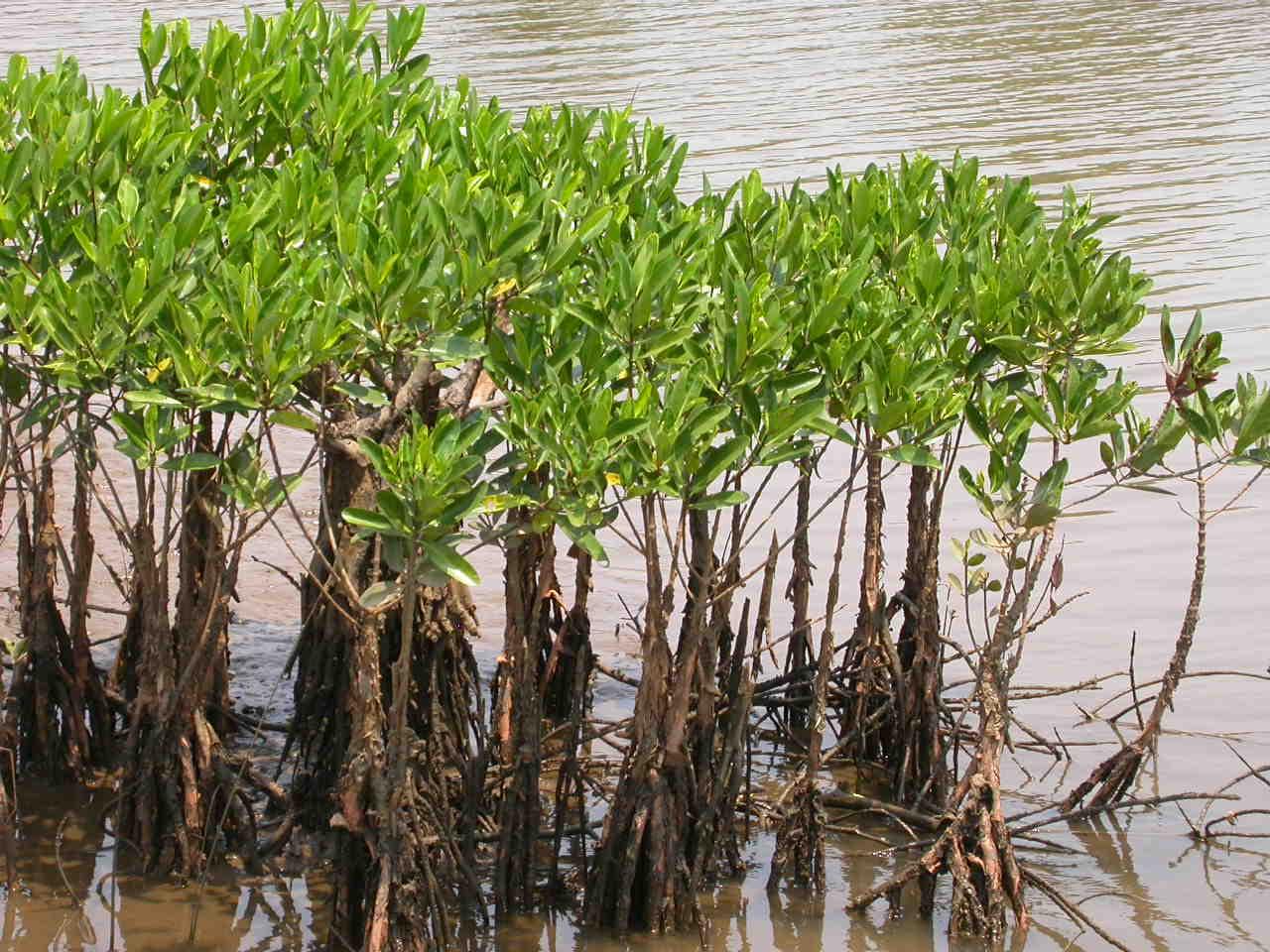
Source: Wikimedia
Following the discovery of the previously unknown species, the group of researchers decided to name the tree in honor of the island where it was discovered.
How Tall Did the Species Grow?
In the study, researchers estimated how tall the S. barrocoloradoensis likely grew during the Miocene. Best estimations suggest it likely rose to a height of around 82 feet. However, the tallest specimens could have reached 131 feet.
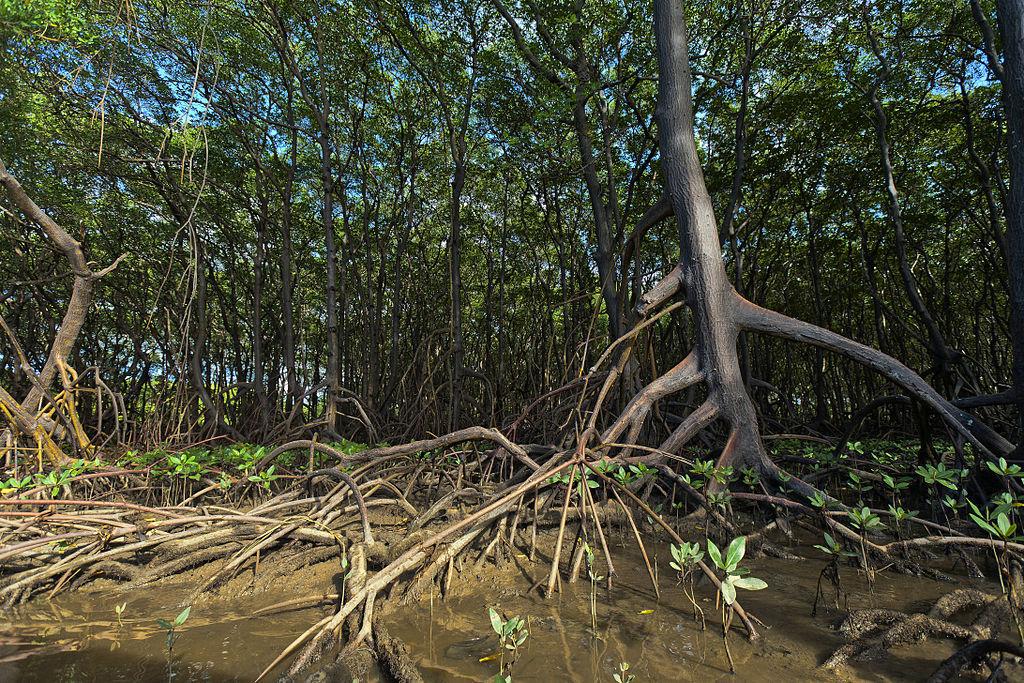
Source: Wikimedia
This is fairly impressive when compared with some modern mangrove species, such as the Red Mangroves of the US, which rarely grow beyond 80 feet, according to the National Wildlife Federation.
Mangrove Forest Growing Along a Volcanic Chain
The study results have allowed the researchers to better understand central Panama during the Miocene and how extensive the ancient mangrove forest must have been millions of years ago.

Source: Wikimedia
The authors wrote, “that the fossil wood assemblage on Barro Colorado Island comprised a mangrove forest growing along the coast of the volcanic chain of central Panama.”
Where Do Mangrove Forests Thrive?
Central Panama was once an ideal location for a mangrove forest, as mangroves thrive in tropical and subtropical climates. While they don’t like freezing temperatures, mangroves don’t mind water and the occasional tide, as their unique root systems can handle growing on riverbanks or coastlines.
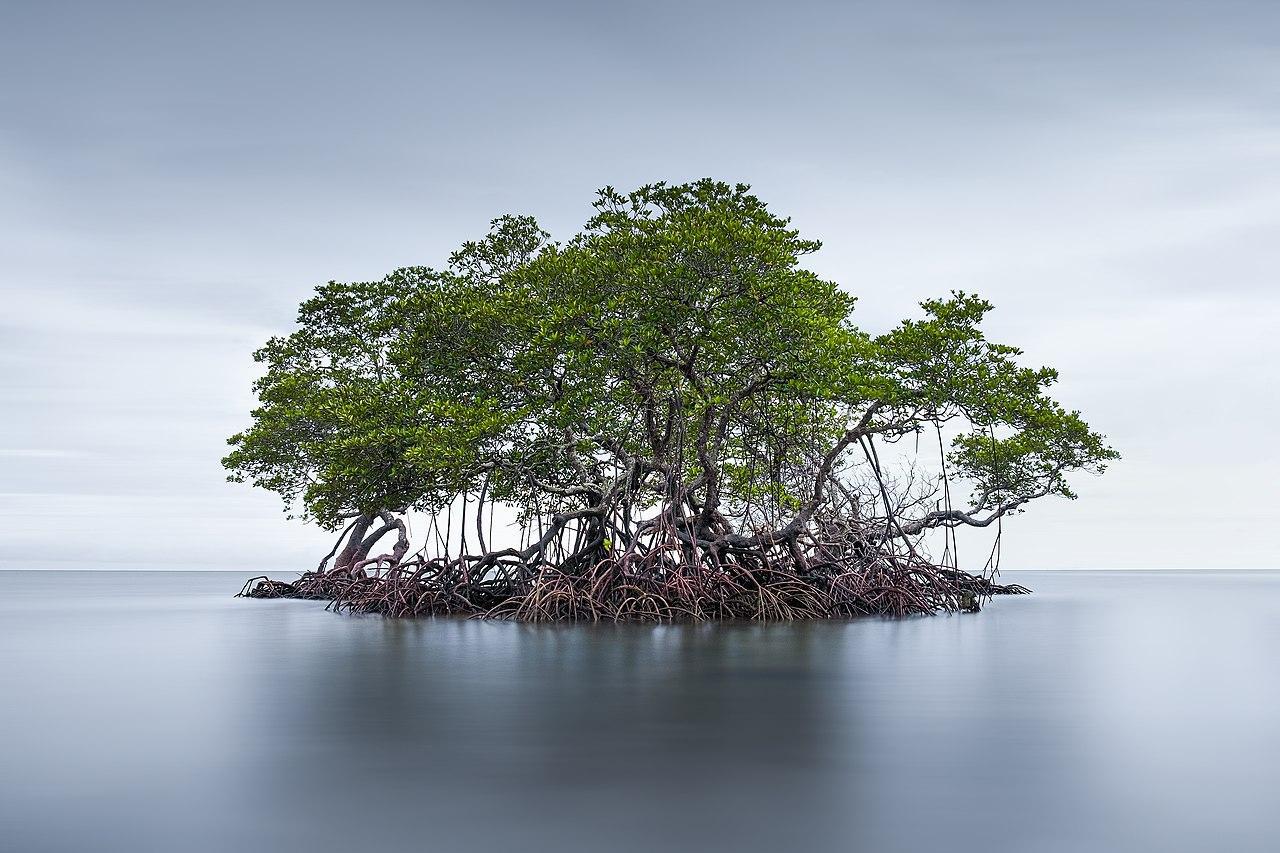
Source: Wikimedia
Saltwater isn’t a problem for the mangroves, either, as they can filter out most of the salt along with any other sediment it does not require. This allows the trees to live in relatively salty conditions.
Working From the Rainforest Laboratory
The group of scientists behind the new study has been working out of a research hub on Barro Colorado Island. The hub was formed during the creation of Lake Gatun in 1913, which resulted from the construction of the Panama Canal.

Source: Freepik
Although the island is only about nine square miles, it’s home to several of the world’s oldest tropical research stations, all of which allow scientists to study the region’s ecology, biology, and wildlife.
The Icing on the Cake for Researchers
After over a century of research on the island, which has yielded remarkable findings, the discovery of the fossilized mangrove forest is considered the icing on the cake for those working in the region.
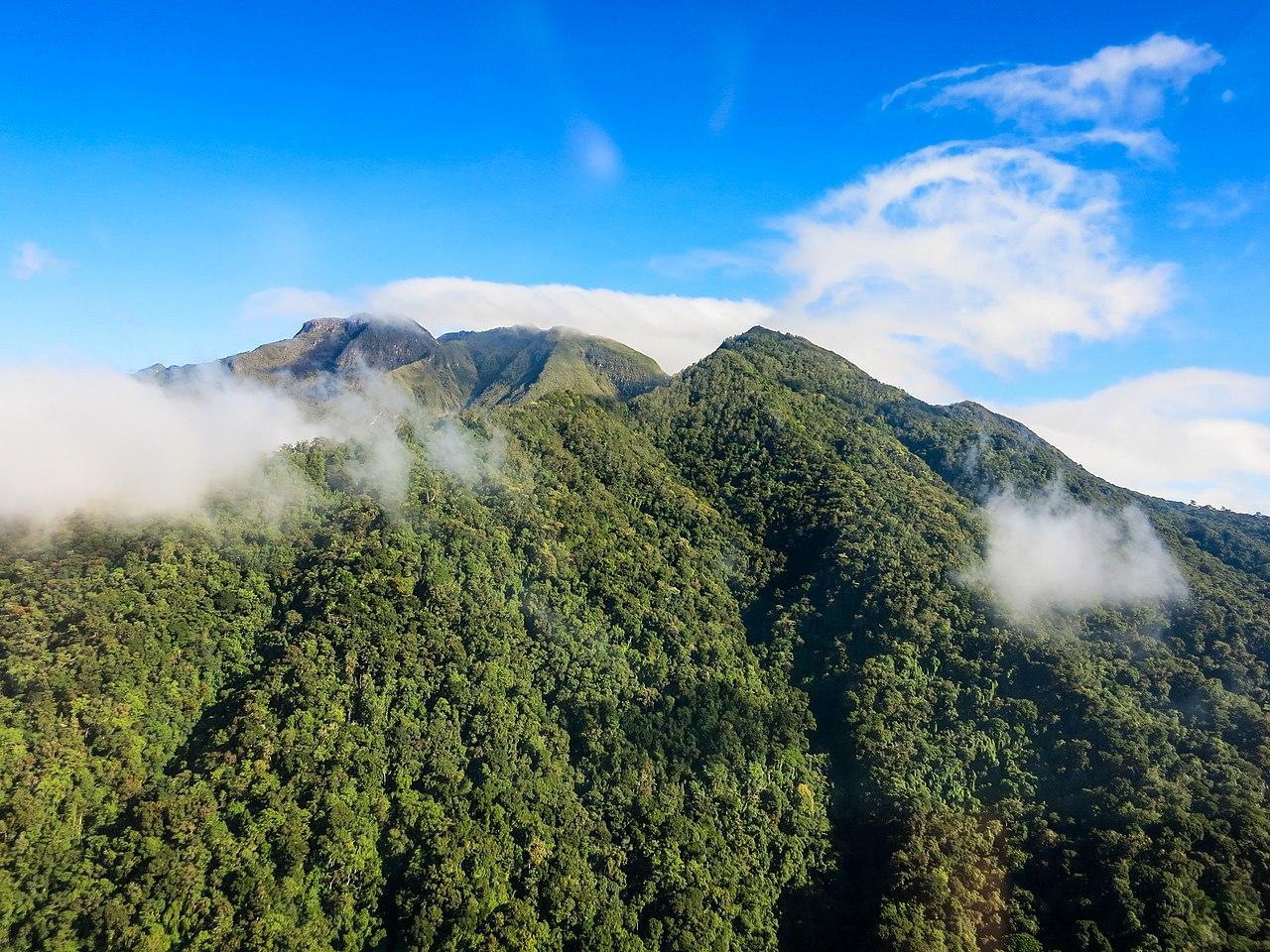
Source: Wikimedia
Researchers will continue to study the newly identified species of mangrove, which could help them better understand how Panama looked over 22 million years ago.
